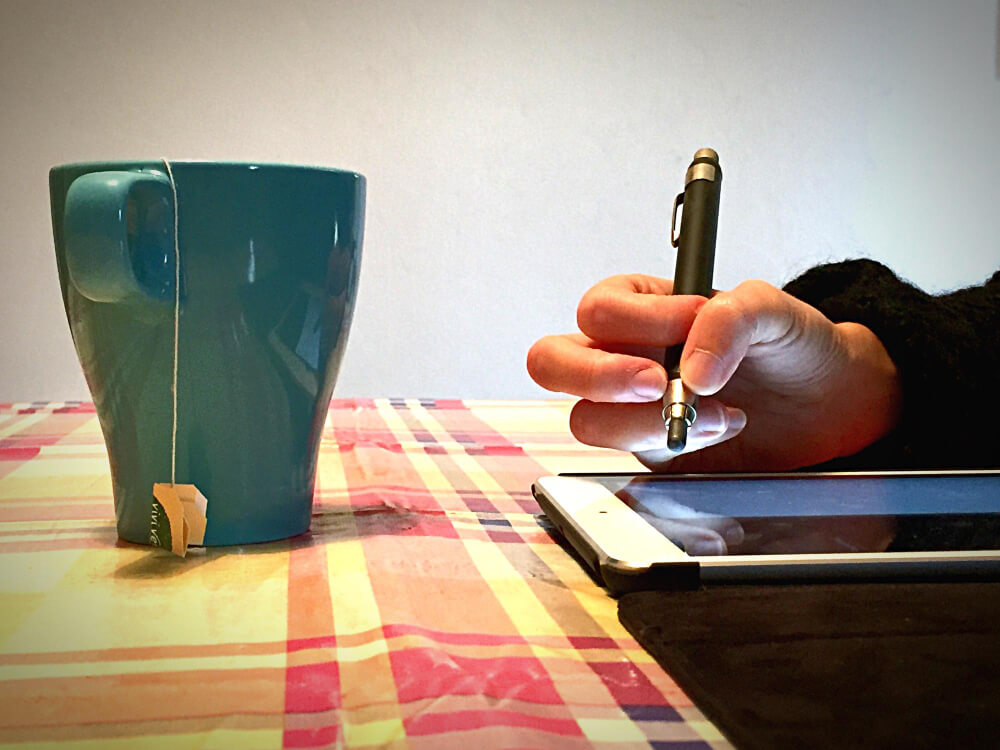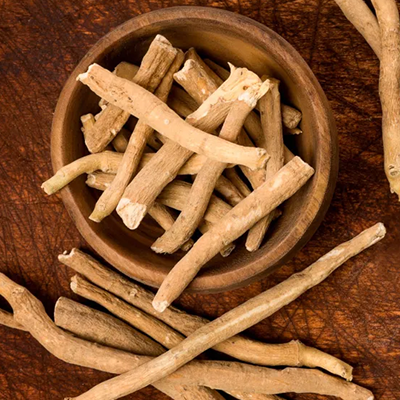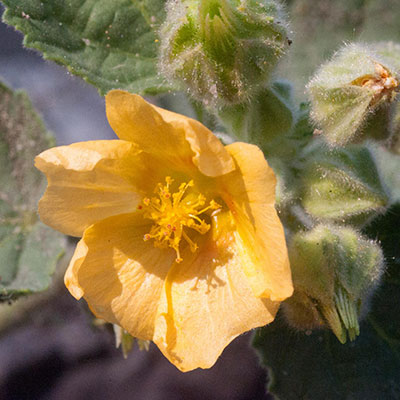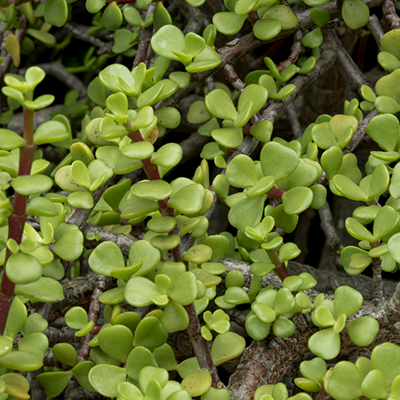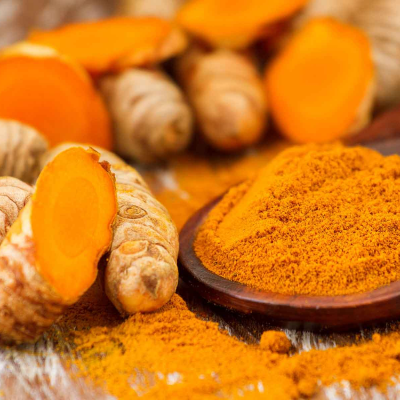Writer's cramp is a neurological condition that causes involuntary muscle contractions or spasms in the hand or fingers while writing or performing fine motor tasks. It is a type of focal dystonia (a movement disorder) that primarily affects specific muscles involved in handwriting. People with this condition often find it difficult to write or hold a pen for extended periods, and their handwriting may become illegible.
Who is Likely to Get Writer’s Cramp?
- Professionals who write extensively: Teachers, writers, or office workers.
- Individuals involved in repetitive fine motor tasks: Musicians, artists, or typists.
- Age Group: Commonly seen in individuals aged 30–50 years.
- Gender: Both men and women can be affected equally.
Causes of Writer’s Cramp
Overuse of Hand Muscles
- Continuous or repetitive writing leads to muscle strain.
Neurological Factors
- Malfunction in the brain's basal ganglia, which controls voluntary muscle movement.
Stress and Anxiety
- Emotional or mental stress can worsen symptoms.
Genetic Predisposition
- Family history of dystonia increases the risk.
Poor Ergonomics
- Holding a pen incorrectly or writing in an uncomfortable posture.
Trauma or Injury
- Previous injury to the hand or wrist can trigger cramp-like symptoms.
Underlying Medical Conditions
- Conditions like Parkinson’s disease or other movement disorders may predispose someone to writer’s cramp.
Signs and Symptoms
Difficulty Writing
- Loss of coordination or control in the hand.
- Handwriting becomes illegible or awkward.
Involuntary Muscle Contractions
- Spasms or stiffness in the hand, fingers, or forearm while writing.
Pain or Discomfort
- Aching or cramping sensation in the affected hand or wrist.
Abnormal Hand Posture
- Fingers or wrist may twist or curl involuntarily.
Improvement at Rest
- Symptoms typically improve when the hand is at rest or performing non-writing tasks.
Extension to Other Activities
- In severe cases, the cramping may occur during other fine motor activities, such as typing or playing musical instruments.
Diagnosis methods
Medical History
- Assessing the onset, frequency, and triggers of symptoms.
Physical Examination
- Checking hand coordination, muscle strength, and range of motion.
Neurological Evaluation
Tests to rule out other neurological conditions like Parkinson’s disease.
Electromyography (EMG)
- Measures electrical activity in the muscles.
MRI or CT scan
- Used to identify any structural abnormalities in the brain or hand.
Ayurvedic Perspective on Writer’s Cramp
In Ayurveda, Writer’s Cramp can be correlated with "Vata Vyadhi", a disorder caused by the aggravation of Vata Dosha (responsible for movement and neurological functions). The condition arises when Vata gets imbalanced due to overuse, improper posture, or stress, leading to improper coordination and spasms in the hand muscles.
Ayurvedic Treatment for Writer’s Cramp
Dietary Guidelines
- Consume Vata-pacifying foods like warm, oily, and nourishing meals.
- Include ghee, sesame oil, cooked vegetables, and whole grains.
- Avoid dry, cold, or raw foods that aggravate Vata.
Lifestyle Changes
- Avoid overexertion and take regular breaks while writing.
- Practice relaxation techniques to reduce stress.
Panchakarma Therapies
Abhyanga (Oil Massage):
- Full-hand massage with medicated oils like Mahanarayana Taila or Dhanwantharam Taila to relax muscles.
Shirodhara:
- Continuous pouring of medicated oil on the forehead to calm the mind and balance Vata.
Basti (Medicated Enema):
- Administers herbal oils or decoctions through the rectum to balance Vata.
Kati Basti or Hasta Basti:
- Warm medicated oil retained on the lower back or hand to relieve stiffness and spasms.
Nasya (Nasal Therapy):
- Application of medicated oils like Anu Taila to improve neurological function.
Lepa (Herbal Paste):
- Apply a paste of Bala and Dashmool powders mixed with sesame oil over the affected area to relax muscles.
Yoga and Pranayama
- Tadasana (Mountain Pose): Improves posture and balance.
- Vrikshasana (Tree Pose): Strengthens the nervous system.
- Shavasana (Corpse Pose): Relaxes the body and mind.
Pranayama:
- Anulom Vilom (Alternate Nostril Breathing): Balances Vata and calms the mind.
- Bhramari (Bee Breathing): Reduces stress and promotes focus.
Herbal Remedies
Ashwagandha (Withania somnifera)
- Strengthens muscles and nerves.
- Dosage: 1 tsp powder with warm milk at bedtime.
Bala (Sida cordifolia)
- Improves neuromuscular strength.
- Taken as powder or decoction.
Brahmi (Bacopa monnieri)
- Enhances brain function and calms the nervous system.
- Dosage: 250–500 mg capsule daily.
Dashmoola (Group of ten roots)
- Reduces inflammation and balances Vata.
- Used as decoction or oil for massage.
Turmeric (Curcuma longa)
- Anti-inflammatory and antioxidant properties.
- Mix 1 tsp with warm milk daily.
Writer's cramp is a manageable condition with proper care and treatment. Ayurvedic approaches aim to balance Vata Dosha, strengthen the nervous system, and improve hand function. A combination of herbal remedies, Panchakarma therapies, and lifestyle changes can help alleviate symptoms and improve quality of life. Always consult an Ayurvedic practitioner for personalized advice.


